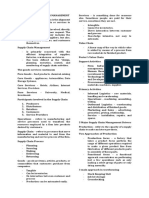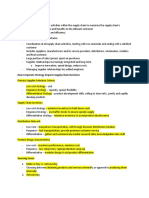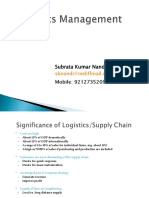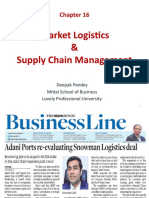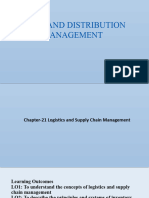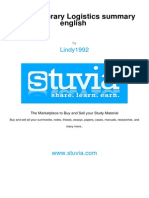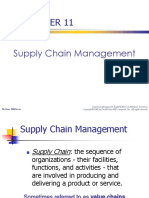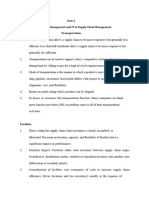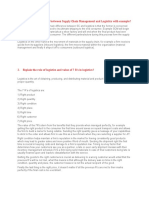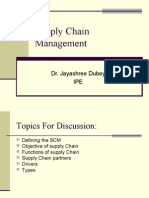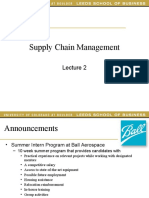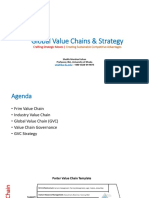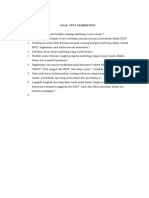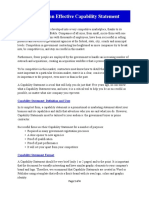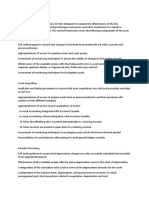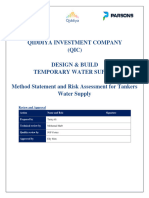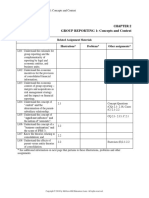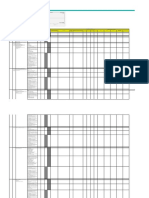100% found this document useful (1 vote)
96 views26 pagesFinal Notes
The document discusses key lessons from a beer game simulation exercise. It summarizes that (1) lack of communication between supply chain partners led to guessing, arbitrary decisions, and amplified distortions in information; and (2) long lead times created panic among partners. It also outlines how supply chain structures can lead to higher costs and inefficiencies for customers. Improving communication and cooperation between partners as well as demand information sharing can help address these issues.
Uploaded by
Justin NewellCopyright
© © All Rights Reserved
We take content rights seriously. If you suspect this is your content, claim it here.
Available Formats
Download as DOCX, PDF, TXT or read online on Scribd
100% found this document useful (1 vote)
96 views26 pagesFinal Notes
The document discusses key lessons from a beer game simulation exercise. It summarizes that (1) lack of communication between supply chain partners led to guessing, arbitrary decisions, and amplified distortions in information; and (2) long lead times created panic among partners. It also outlines how supply chain structures can lead to higher costs and inefficiencies for customers. Improving communication and cooperation between partners as well as demand information sharing can help address these issues.
Uploaded by
Justin NewellCopyright
© © All Rights Reserved
We take content rights seriously. If you suspect this is your content, claim it here.
Available Formats
Download as DOCX, PDF, TXT or read online on Scribd
/ 26










